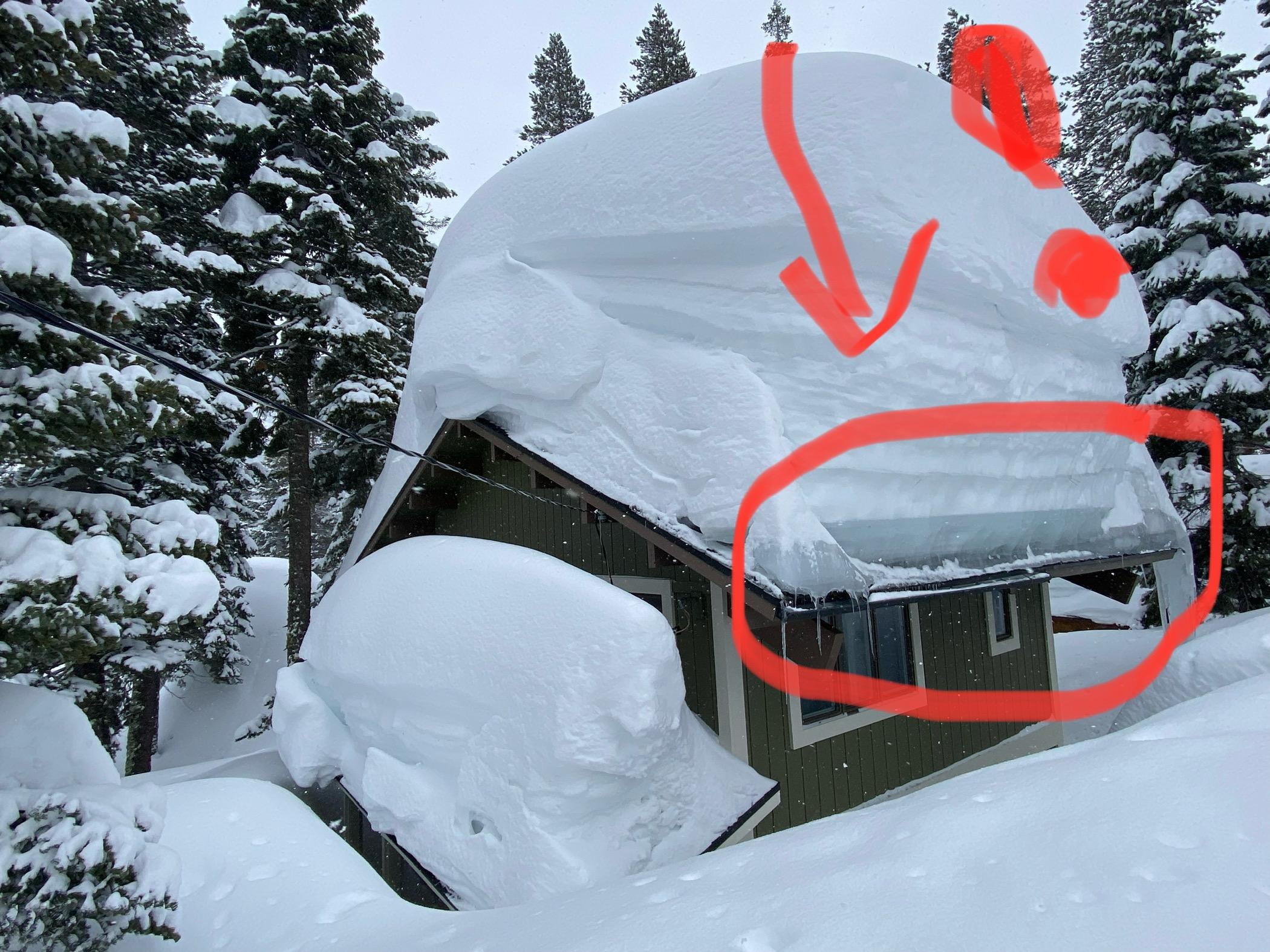
Winter can bring many challenges to homeowners, and what seems to be a very common problem especially this winter is the formation of an ice dam(s).
I am going to tell you a little story that just happened to me personally …
It was about 2:30AM and all of a sudden I am awoken by a bunch of noise that I couldn’t quite identify. After some investigating, I discovered that I was hearing the drip, drip, drip of water hitting some cardboard boxes inside my house. The water was leaking from the exterior of my house, into the interior. Well, it turns out, the leaking water was a by-product of an ice dam.
What is an ice dam?
Ice dams occur when heat from the house escapes into the attic and warms the roof, causing the snow on the roof to melt. As the water runs down the roof, it reaches the colder overhangs, where it refreezes and creates a dam. As more snow melts and the water continues to back up behind the dam, it can leak into the attic, causing damage to the roof, insulation, and interior of the home.
What do you do, once you have discovered an ice dam?
If you discover an ice dam on your roof, it’s important to take action to prevent any potential damage to your roof and home. Here are some steps you can take:
- Remove snow from the roof: Use a roof rake or hire a professional to remove any snow from your roof. This will prevent additional water from building up behind the ice dam.
- Create channels for water to escape: You can create channels in the ice dam with a hammer or chisel to allow the water to escape. Be careful not to damage your roof.
- Use a de-icer: You can use a de-icer to melt the ice dam and allow the water to flow off the roof. Be sure to follow the manufacturer’s instructions and use caution when working on your roof.
- Hire a professional: If you are not comfortable working on your roof or the ice dam is particularly large, it’s best to hire a professional to assess the situation and provide guidance on the best course of action.
It’s important to address ice dams as soon as possible to prevent any potential damage to your roof and home. If you need help finding a roofing professional, reach out to us and we would be happy to help!
How to avoid ice dams to begin with?
The easiest way to deal with an ice dam is to prevent one from occurring. Some solutions that I have been told could help are metal edges of the roof or adding what is called heat tape to the eaves. The National Weather Service had a few additional suggestions;
- If you haven’t already, thoroughly clean all leaves, sticks and other debris from your home’s gutters and down spouts. This allows melting roof snow to flow into gutters and through down spouts.
- Make every effort to keep snow on your roof to a minimum. Long-handled devises on the market called “roof rakes” let you stand on the ground and pull the snow off the roof. Keeping heavy snow loads off your roof reduces the chances for both ice dam formation and roof failure due to the weight.
- All winter long, keep gutters and down spouts clear of snow and icicles.
- Evaluate the insulation and ventilation in your attic. Most experts agree the R-value of attic insulation should be at least R-30 (R-38 is preferable in northern climates). In addition, good airflow from under the eaves or soffit area along the underside of the roof and out through the roof vents is essential. The insulation prevents heat loss from the interior of the home. Then venting allows the attic air to stay cold enough to prevent or minimize the freeze/thaw cycle on the roof. Consult with a reputable roofing and/or insulation contractor about these improvements.
